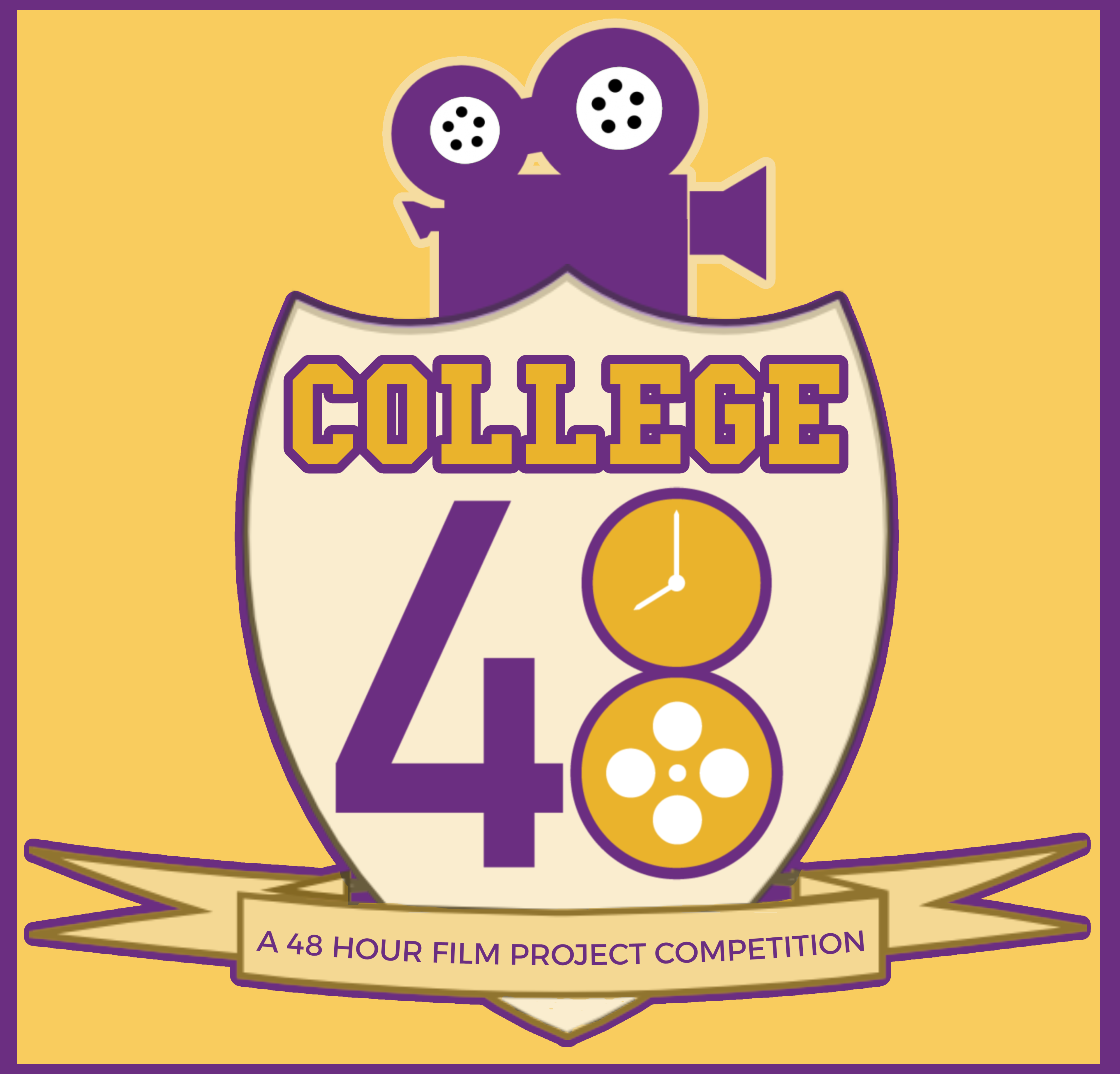Brazil 12
Listen to Brazil 12, a 56-year-old woman from São Paulo, Brazil. Click or tap the triangle-shaped play button to hear the subject.
Both as a courtesy and to comply with copyright law, please remember to credit IDEA for direct or indirect use of samples. IDEA is a free resource; please consider supporting us.
BIOGRAPHICAL INFORMATION
AGE: 56
DATE OF BIRTH (DD/MM/YYYY): 20/11/1960
PLACE OF BIRTH: São Paulo, Brazil
GENDER: female
ETHNICITY: Latin/Brazilian
OCCUPATION: manager
EDUCATION: college
AREAS OF RESIDENCE OUTSIDE REPRESENTATIVE REGION FOR LONGER THAN SIX MONTHS:
The subject had been living in the United States for 30 years at the time of this interview. She’s lived in Seattle, Washington, and also in Southern California.
OTHER INFLUENCES ON SPEECH: N/A
The text used in our recordings of scripted speech can be found by clicking here.
RECORDED BY: Dan Keilbach (under supervision of David Nevell)
DATE OF RECORDING (DD/MM/YYYY): 27/04/2017
PHONETIC TRANSCRIPTION OF SCRIPTED SPEECH: N/A
TRANSCRIBED BY: N/A
DATE OF TRANSCRIPTION (DD/MM/YYYY): N/A
ORTHOGRAPHIC TRANSCRIPTION OF UNSCRIPTED SPEECH:
The knee is a very important joint because it’s one of the joints in the human body that gets replaced. Uh, it gets wear and tear because it belongs to the lower extremity, which is a closed-kinetic-chain joint, which means when I walk all the forces that come from the ground to my foot will create passive range of motions on the knee, creating wear and tear of its meniscus, uh, ligaments, and also the cartilage. So, unfortunately, that’s why we end up replacing our knees, unless there is a trauma. So, the knee is what maintains us as an independent being; uh, when people start having issues with the knees, the floors are, uh, very much so at a distance. They no longer want to bend and go and search for things under the bed, and that’s why we love kids. [Subject and interviewer laugh.] Older people absolutely love kids because of our knees are in not in such a good shape. So, the knees have ligaments on the, um, medial side, but, um, is on the inside of the knee, and then on the lateral side, which is the outside of the knee. And that stabilizes in what we call bow-legged, which is the knee going inward, and, uh, knock-knee which is, uh — no knock-knee is the knee going inward and bow-legged the knee going outward. And so sometimes you’ll have damage to the knee, as you are a football player, for example: Person can run into your thigh and, or right on the, at the level of the knee joint and creating injuries for the ligaments, which I could name it for it you. Let’s, let’s go for it: medial collateral ligament, anterior cruciate ligament, and the medial meniscus; it’s called the unhappy triad. Everybody gets sad at the same time. [Subject and interviewer laugh.]
TRANSCRIBED BY: Dan Keilbach (under supervision of David Nevell)
DATE OF TRANSCRIPTION (DD/MM/YYYY): 27/04/2017
PHONETIC TRANSCRIPTION OF UNSCRIPTED SPEECH: N/A
TRANSCRIBED BY: N/A
DATE OF TRANSCRIPTION (DD/MM/YYYY): N/A
SCHOLARLY COMMENTARY: N/A
COMMENTARY BY: N/A
DATE OF COMMENTARY (DD/MM/YYYY): N/A
The archive provides:
- Recordings of accent/dialect speakers from the region you select.
- Text of the speakers’ biographical details.
- Scholarly commentary and analysis in some cases.
- In most cases, an orthographic transcription of the speakers’ unscripted speech. In a small number of cases, you will also find a narrow phonetic transcription of the sample (see Phonetic Transcriptions for a complete list). The recordings average four minutes in length and feature both the reading of one of two standard passages, and some unscripted speech. The two passages are Comma Gets a Cure (currently our standard passage) and The Rainbow Passage (used in our earliest recordings).
For instructional materials or coaching in the accents and dialects represented here, please go to Other Dialect Services.
 IDEA: International Dialects of English Archive
IDEA: International Dialects of English Archive





